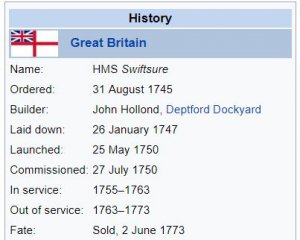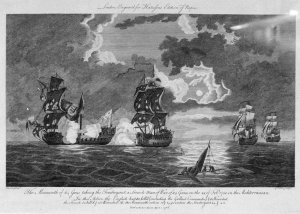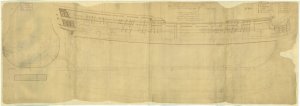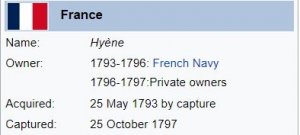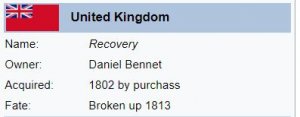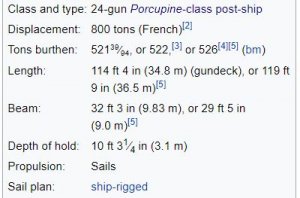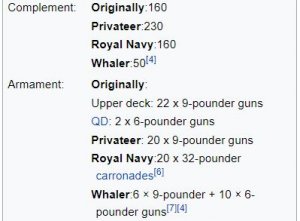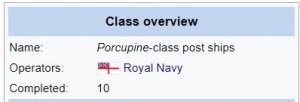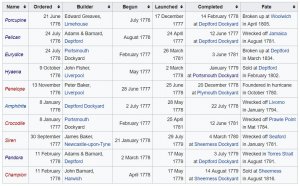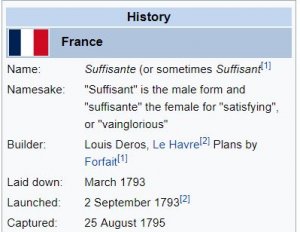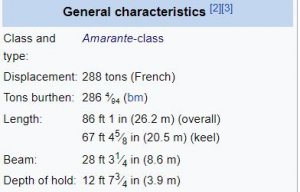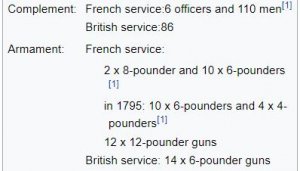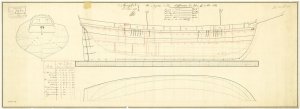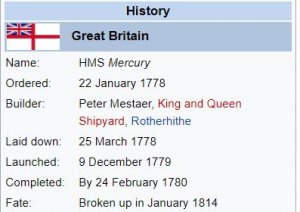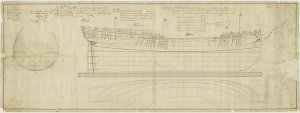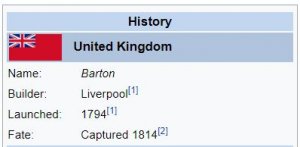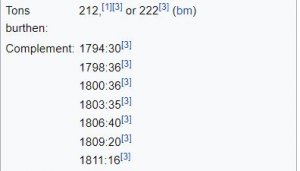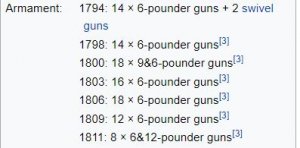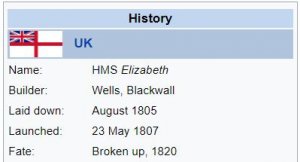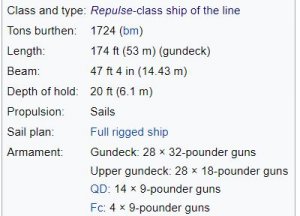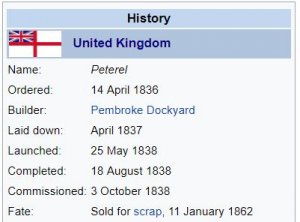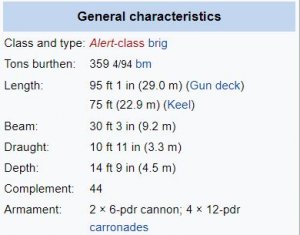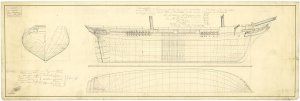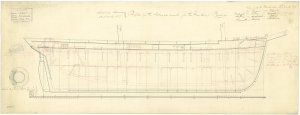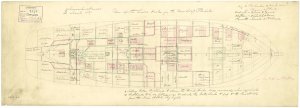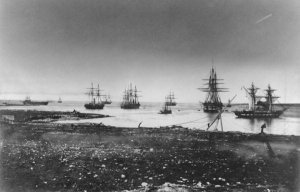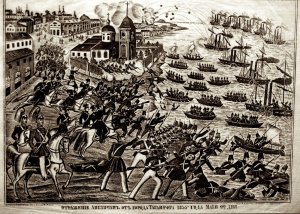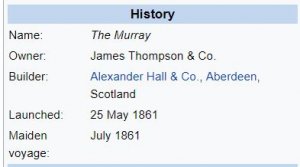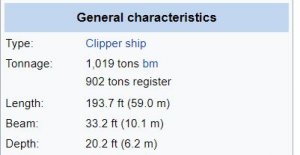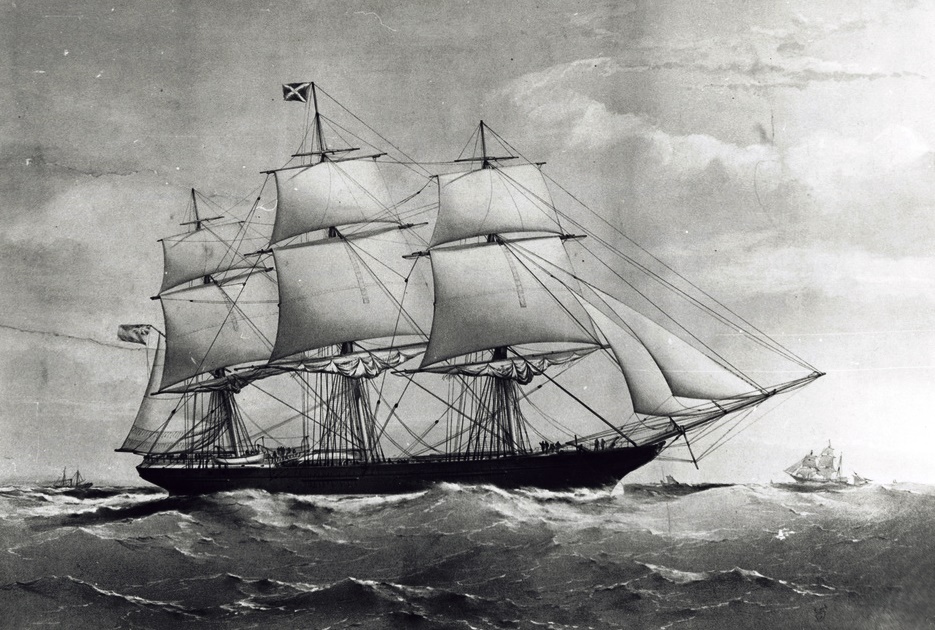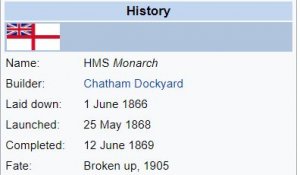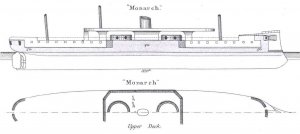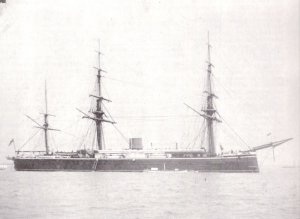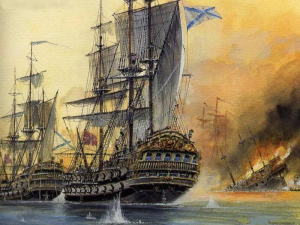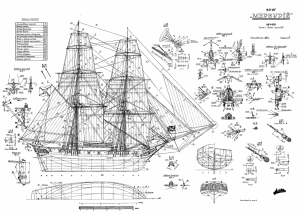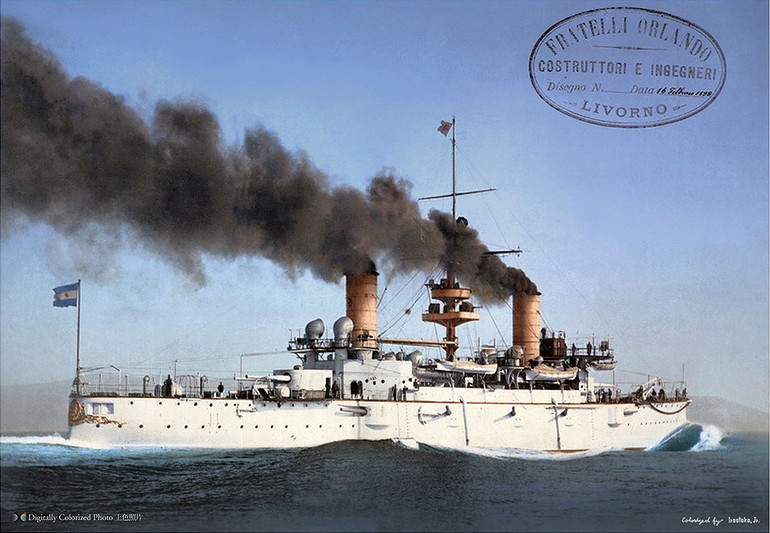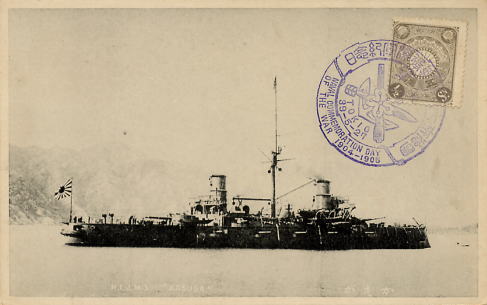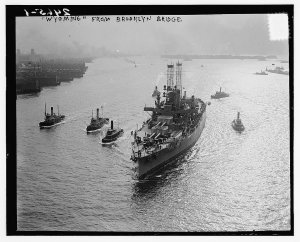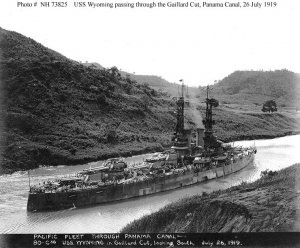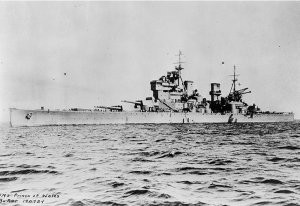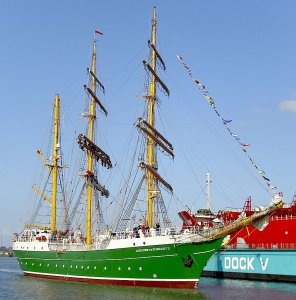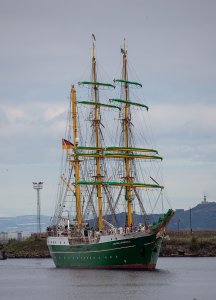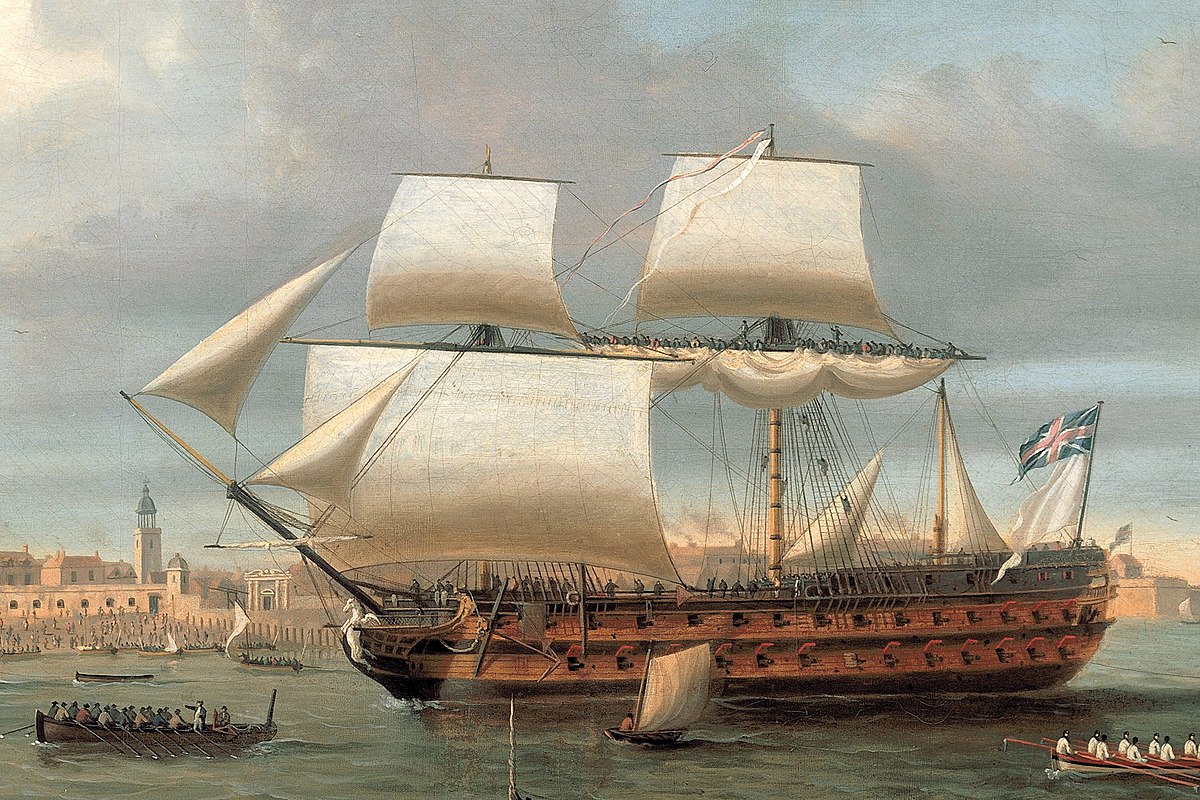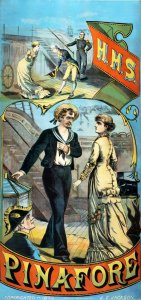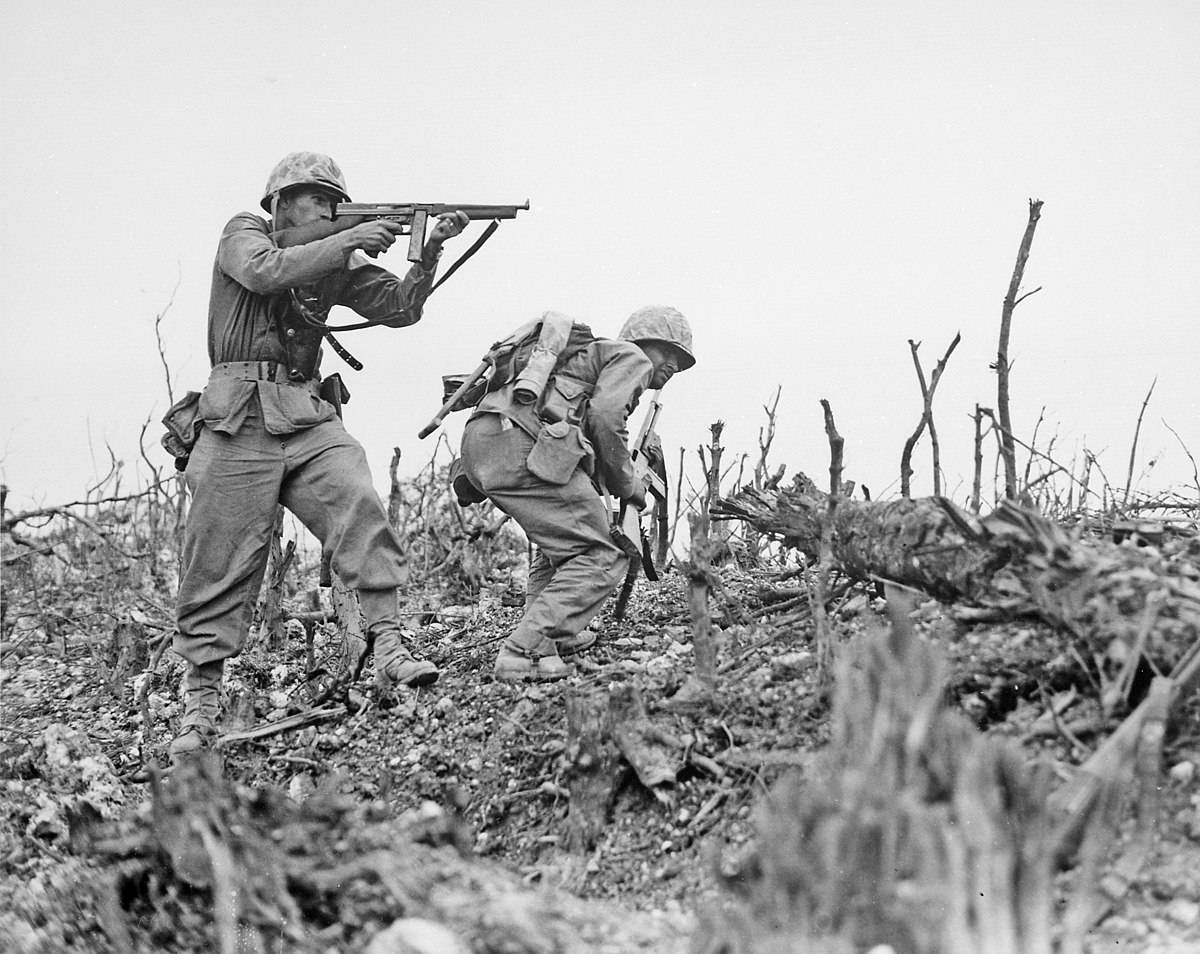Today in Naval History - Naval / Maritime Events in History
25 May 1915 - the pre-dreadnought battleship HMS Triumph was torpedoed and sunk off Gaba Tepe by U-21 in the Gallipoli Campaign.
The destroyer HMS Chelmer took off most of her crew before she capsized ten minutes later. She floated upside down for about 30 minutes then slowly sank in about 180 feet (55 m) of water. Three officers and 75 ratings were lost.
HMS Triumph, originally known as
Libertad, was the second of the two
Swiftsure-class pre-dreadnought battleships of the
Royal Navy. The ship was ordered by the Chilean Navy, but she was purchased by the United Kingdom as part of ending the
Argentine–Chilean naval arms race.
Triumph was initially assigned to the
Home Fleet and
Channel Fleets before being transferred to the
Mediterranean Fleet in 1909. The ship briefly rejoined the Home Fleet in 1912 before she was transferred abroad to the
China Station in 1913.
Triumph participated in the hunt for the
German East Asia Squadron of
Maximilian Graf von Spee and in the campaign against the German colony at
Tsingtao, China early in
World War I. The ship was transferred to the
Mediterranean in early 1915 to participate in the
Dardanelles Campaign against the
Ottoman Empire. She was torpedoed and sunk off
Gaba Tepe by the German
submarine U-21 on 25 May 1915.
 Design and description
Design and description
See also:
Argentine–Chilean naval arms race
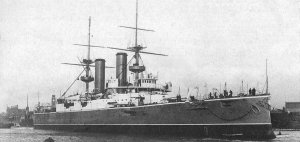
HMS
Triumph near completion in January 1904.
Triumph was ordered by Chile, with the name of
Libertad, in response to the Argentine purchase of two
armoured cruisers from Italy during a time of heightened tensions with Argentina. After the crisis subsided, financial problems forced Chile to put the ship up for sale in early 1903; concerned that
Russia might buy them, the United Kingdom stepped in and with financing via
merchant bank Antony Gibbs & Sons purchased the still-incomplete ships from Chile on 3 December 1903 for £2,432,000. The ship was designed to Chilean specifications, particularly the requirement to fit in the
graving dock at
Talcahuano, and was regarded by the British as a second-class battleship.
General characteristics
Triumph had an
overall length of 475 feet 3 inches (144.9 m), a
beam of 71 feet 1 inch (21.7 m),
[2] and a
draught of 28 feet 6 inches (8.7 m) at
deep load. She displaced 12,175 long tons (12,370 t) at
standard load and 13,840 long tons (14,060 t) at
deep load. At deep load she had a
metacentric height of 4.01 feet (1.22 m). In 1906, the crew numbered 729 officers and enlisted men.
Propulsion
The ship was powered by two four-cylinder inverted
vertical triple-expansion steam engines, each driving one propeller. A dozen
Yarrow water-tube boilers provided steam to the engines which produced a total of 12,500
indicated horsepower (9,300 kW) which was intended to allow them to reach a speed of 19.5
knots (36.1 km/h; 22.4 mph). The engines proved to be more powerful than anticipated and
Triumph exceeded 20 knots (37 km/h; 23 mph) during
sea trials. She carried a maximum of 2,048 long tons (2,081 t) of coal, enough to steam 6,210
nautical miles (11,500 km; 7,150 mi) at 10 knots (19 km/h; 12 mph). In service she and her sister proved to be more economical than first thought with an estimated range of 12,000 nautical miles (22,000 km; 14,000 mi) at 10 knots.
Armament
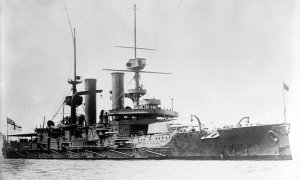 Swiftsure
Swiftsure at anchor after about 1908
The ship was armed with four 45-
calibre BL 10-inch Mk VII guns in two twin
gun turrets, one each fore and aft of the
superstructure.
[2] The guns fired 500-pound (227 kg) projectiles at a
muzzle velocity of 2,656 ft/s (810 m/s); this provided a maximum range of 14,800 yards (13,500 m) at the gun's maximum elevation of 13.5°. The firing cycle of the Mk VII guns was claimed to be 20–25 seconds;
[7] each gun was provided with 90 shells.
Triumph's secondary armament consisted of fourteen 50-calibre
7.5-inch Mk IV guns. Ten of the guns were mounted in a central
battery on the main deck; the other four were in
casemates abreast the fore- and
mainmastson the upper deck.
[8] A major problem with the guns on the main deck was that they were mounted low in the ship—only about 10 feet (3 m) above water at deep load—and were unusable at high speed or in heavy weather as they dipped their muzzles in the sea when rolling more than 14°. The guns fired 200-pound (91 kg) projectiles at a
muzzle velocity of 2,781 ft/s (848 m/s) at a rate of four rounds per minutes. At their maximum elevation of 15° they had a maximum range of about 14,000 yards (13,000 m). The ship carried 150 rounds per gun.
Defence against
torpedo boats was provided by fourteen QF 14-pounder Mk II guns, but the guns were modified in British service to use the standard 12.5-pound (5.7 kg) shell used by the
QF 12 pounder 18 cwt gun in British service. They fired 3-inch (76 mm), 12.5-lb projectiles at a
muzzle velocity of 2,548 ft/s (777 m/s). Their maximum range and rate of fire is unknown. 200 rounds per gun was carried by
Triumph. The ship also mounted four
QF 6-pounder Hotchkiss guns in the
fighting tops, although these were removed in 1906–08.
The ship was also armed with a pair of
17.7-inch (450 mm) submerged
torpedo tubes, one on each
broadside, for which she carried nine
torpedoes.
Armour
The
Swiftsures' armour scheme was roughly comparable to that of the
Duncan class. The
waterline main belt was composed of
Krupp cemented armour (KCA) 7 inches (178 mm) thick. It was 8 feet (2.4 m) high of which 5 feet 3 inches (1.6 m) was below the waterline at normal load. Fore and aft of the 2–6-inch (51–152 mm) oblique
bulkheads that connected the belt armour to the
barbettes, the belt continued, but was reduced in thickness. It was six inches thick abreast the barbettes, but was reduced to two inches fore and aft of the barbettes. It continued forward to the bow and supported the ship's spur-type
ram. It continued aft to the steering gear compartment and terminated in a 3-inch (76 mm) transverse bulkhead. The upper strake of 7-inch armour covered the ship's side between the rear of the barbettes up to the level of the upper deck. The upper deck casemates were also protected by 7-inch faces and sides, but were enclosed by rear 3-inch plates. The 7.5-inch guns on the main deck were separated by 1-inch (25 mm) screens with .5 inches (12.7 mm) plating protecting the
funnel uptakes to their rear. A longitudinal 1-inch bulkhead divided the
battery down its centreline.
The turret faces were 9 inches (229 mm) thick and their sides and rear were 8 inches (203 mm) thick. Their roofs were two inches thick and the sighting hood protecting the gunners was 1.5 inches (38 mm) thick. Above the upper deck the barbettes were 10 inches (254 mm) thick on their faces and eight inches on the rear. Below this level they thinned to three and two inches respectively. The conning tower was protected by 11 inches (279 mm) of armour on its face and eight inches on its rear. The
deck armour inside the central citadel ranged from 1 to 1.5 inches in thickness. Outside the citadel, the lower deck was three inches thick and sloped to meet the lower side of the belt armour.
Construction and service
Pre-World War I
 Triumph
Triumph on maneuvers in 1908
HMS
Triumph was ordered by Chile as
Libertad and laid down by
Vickers, Sons & Maxim at
Barrow-in-Furness on 26 February 1902 and launched on 15 January 1903. She was completed in June 1904 and commissioned at
Chatham Dockyard on 21 June 1904 for service in the Home Fleet. On 17 September 1904 the ship was struck by
SS Siren off
Pembroke Dock and was only slightly damaged. Under a fleet reorganization in January 1905, the Home Fleet became the Channel Fleet. She collided with her
sister ship Swiftsure on 3 June 1905 and suffered damage to her bow.
Triumph received a brief refit at Chatham Dockyard in October 1908 and was transferred to the Mediterranean Fleet on 26 April 1909. The ship returned to the Home Fleet in May 1912. She was transferred to the China Station on 28 August 1913 and was placed in
reserve at
Hong Kong until mobilized in August 1914 at the beginning of World War I.
World War I
 Triumph
Triumph firing at German positions at Tsingtao, China, in October 1914
Triumph was recommissioned using the crews of demobilised river
gunboats, supplemented with two officers, 100 enlisted men, and six signallers from the
Duke of Cornwall's Light Infantry, and was ready for sea on 6 August 1914.
Triumph took part in operations off the German colony of
Tsingtao, China in early August 1914, with the intention of stopping German shipping entering or returning to the port.
[16] Triumph, together with the
French cruiser Dupleix, captured the German merchant ship
Senegambia, laden with coal and cattle, on the morning of 21 August, with
Dupliex then chasing and eventually capturing a second merchant ship, the
C. Ferd Laeiz. On the evening of 21 August,
Triumph captured the German merchant ship
Frisia, also carrying coal and cattle. On 23 August 1914, she was attached to the
Imperial Japanese Navy's Second Fleet, and after disembarking her Army volunteers at
Wei-hai-wei, participated in the
campaign against the German colony at Tsingtao. In September,
Triumph, together with the destroyer
Usk, escorted a convoy carrying British troops for operations against Tsingtao, with
Triumph taking part in several bombardments of German positions until the capture of Tsingtao by the Japanese.
Triumph was hit by a German shell during a bombardment on 14 October, damaging a mast, and killing one crewman and wounding two more. With Tsingtao in Japanese hands,
Triumph returned to Hong Kong for a refit on 19 November 1914.
Upon completion of her refit in January 1915,
Triumph was transferred to the
Dardanelles for service in the Dardanelles Campaign. The ship departed Hong Kong on 12 January and stopped at
Suez from 7 February to 12 February before moving on to join the
Dardanelles Squadron.
Triumph took part in the opening attack on the entrance forts on 18 February and 19 February, and joined the predreadnoughts
Albion and
Cornwallis in using her secondary battery to silence the fort at
Sedd el Bahr on 25 February. She,
Albion, and
Majestic were the first Allied battleships to enter the
Turkish Straits during the campaign when they carried out the initial attack on the inner forts on 26 February. She also took part in the attack on
Fort Dardanos on 2 March 1915. She and
Swiftsure were detached from the Dardanelles on 5 March for operations against forts at
Smyrna, returning to the Dardanelles on 9 March.
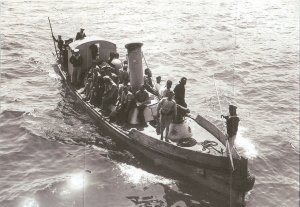
HMS
Triumph's picket boat returning to the battleship after the
E15expedition.
Triumph participated in the main attack on the Narrows forts on 18 March, and fired on Ottoman trenches at
Achi Baba on 15 April. On 18 April, one of her picket boats and one from
Majestic torpedoed and sank the British submarine
E15, which had run aground near Fort Dardanos and was in danger of being captured by Ottoman forces.
Triumph supported the main landing by the
Anzac forces at Gaba Tepe on 25 April, and continued to support them through May. On 25 May, the ship was underway off Gaba Tepe, firing on Ottoman positions, with torpedo nets out and most watertight doors shut, when she sighted a submarine periscope 300 to 400 yards (270 to 370 m) off her starboard beam at about 1230 hours. It belonged to the
U-boat U-21 under the command of Lieutenant Otto Hersing.
Triumph opened fire on the periscope, but was almost immediately struck by a torpedo, which easily cut through her torpedo net, on her starboard side. A tremendous explosion resulted, and
Triumph took on a
list 10° to starboard. She held that list for about five minutes, then it increased to 30°. The destroyer
Chelmerev acuated most of her crew before she capsized ten minutes later. She remained afloat upside down for about 30 minutes, then began to sink slowly in about 180 feet (55 m) of water. Three officers and 75 enlisted men died in her sinking.
https://en.wikipedia.org/wiki/HMS_Triumph_(1903)

en.wikipedia.org
